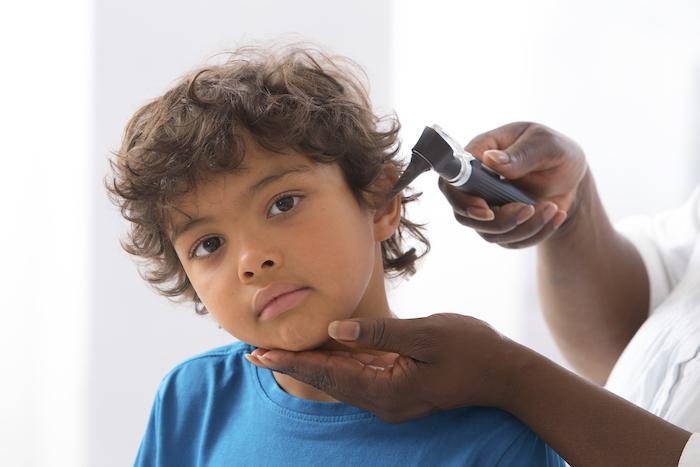
Over 80% of American children experience at least one ear infection before their third birthday. It’s one of the most common illnesses that send parents seeking medical care for their children.
Ear infections are easy to treat and often clear up spontaneously, but there are potential complications that make a doctor’s oversight the smart course of action.
This is particularly true if your child is an infant. Their young immune system may not be strong enough to fight the infection, and since they can’t yet express symptoms verbally, many parents can only suspect that the problem is an ear infection.
As pediatric otolaryngology specialists, the team at Lakeshore Ear, Nose and Throat Center offers the finest in care when your baby develops their first ear infection.
Signs of ear infection
Before a child can speak, your role as a caregiver is based heavily on observation, since your baby can’t tell you that their ear hurts, and you don’t have conversations with them that might reveal their hearing is affected by an infection.
There are, however, some common behaviors that can reveal your baby is feeling the effects of an ear infection. Typically, these include:
- Crying or general irritability
- Tugging on their ears
- Fever (occurs less frequently as your child gets older)
- Sleep interruptions
- Sluggish response to sounds
- Fluid drainage from the ear
Intense symptoms, such as loud crying, high fever, or pus discharge from the ears, usually indicate an advanced infection, and seeking immediate medical attention is the best course of action.
Treatments for ear infection
When your child is under 6 months old, antibiotics are usually prescribed, since the potential side effects from a bacterial infection at this age outweigh any risks posed by medication.
Infections have more serious complications at this age, including the spreading of infection from the ears to the rest of the body.
After a child passes 6 months old, the severity of the ear infection begins to suggest treatment. A child who isn’t in distress about the infection symptoms will likely be observed for a few days before antibiotics are prescribed. Their immune systems are now robust enough that the infection could clear on its own.
By the time your child reaches 2 years old, ear infections require medical attention only when they don’t clear in a few days or when the symptoms are severe.
Recurring infections
Some children are prone to more frequent ear infections, perhaps due to the size and position of their eustachian tubes before their bodies reach maturity. The frequency of infection may warrant surgical treatment if your child has more than five infections per year.
Drainage tubes can be placed in the eardrums to assist the eustachian tubes in draining fluid and keeping the middle ear dry. While this won’t prevent infections, the tubes make infections easier to manage. Typically, tubes are considered later in childhood, once a pattern of infection emerges.
Your baby’s health and hearing are important parts of their development, of course. Contact Lakeshore Ear, Nose and Throat Center at the most convenient of their six locations at the first sign of ear infection trouble. You can reach the nearest office by phone or online today to book your baby’s appointment.

